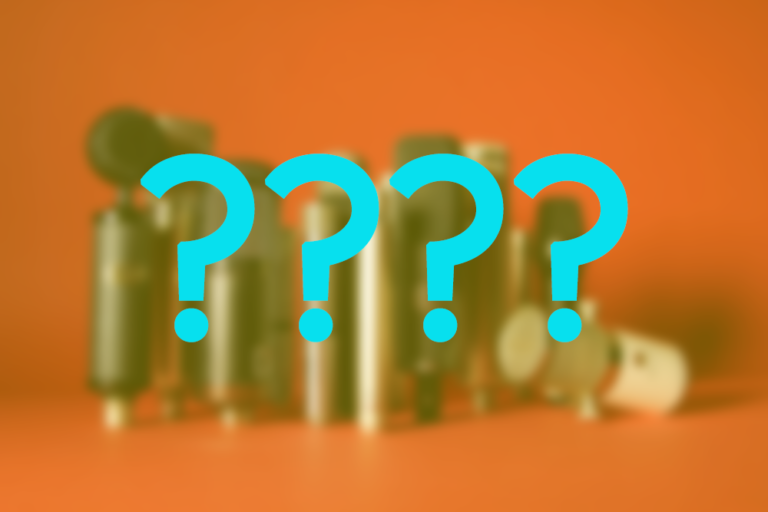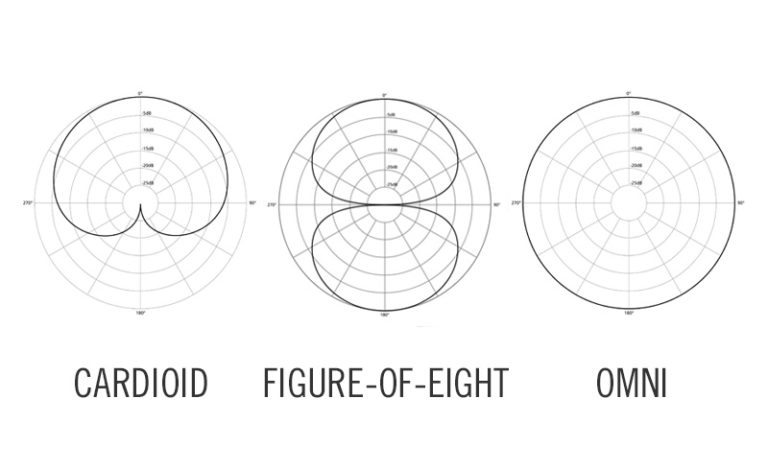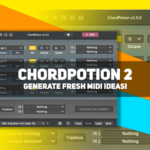
Recording at Home – How to Choose a Microphone
It’s time for another Beat Lab Blog Series! In this series of articles, we’ll be covering topics focusing on recording at home. Though most of the world seems to be handling the COVID pandemic well enough to beat lockdown, here in sunny California many of us are back inside. As long as we are why not share some tips on the recording process?
In this article, we’ll cover one of the basics of recording from anywhere, choosing a microphone! There are many styles and options when it comes to microphones, and we’ll break down the basics for you.
We’ll share some links to options sold on Amazon, if you happen to purchase via any of those links we’ll earn a small commission which will help us beat this large economic downturn.
Carry on below!
[su_divider top=”no”]

So, you want to start recording at home. Perhaps you want to sing, record your squeaky door, your acoustic guitar, or whatever. Buying a proper microphone will definitely help you, but what microphone should you even buy? Did you know that there are at least four different types of microphones?
Each type of microphone has a different application, which is well worth understanding before making any purchases.
Continue as we learn about microphones and their distinct features.
[su_divider top=”no”]
4 Types of Modern Microphones

There have been many types of microphones invented in the last two centuries, but not all have lasted. Technology improves, and better methods for recording have survived. Let’s start with the two most popular types of microphones today: Condenser, and Dynamic mics.
[su_divider top=”no”]
Dynamic Microphones
Dynamic microphones are known for being super rugged and versatile. If you’ve ever seen a video of a vocalist performing on stage, carelessly swinging around a microphone, chances are they were using a dynamic microphone. Dynamic mics can take a beating!
An especially convenient aspect of dynamic microphones is that they don’t require any external power; you can plug one into a mixer or interface and use it right away. Dynamic mics can be used in an endless number of applications, but are primarily used to record vocals, low-mid range instruments, and especially drum kits.

[su_divider top=”no”]
Condenser Microphones
Condenser microphones are not as durable as dynamic mics, but they generally have a much more defined output than dynamic microphones. Unlike dynamic mics, condensers require phantom power to work, which can be provided through audio interfaces, mixers, preamps, and certain field recorders (+48V button).
Some condensers provide their own power (those usually require AA batteries), but most run on phantom power. Condensers are primarily used in studios since they have a wider frequency response and louder output than dynamic microphones.
Condenser microphones can be broken down into two categories: small diaphragm and large diaphragm. Generally, large-diaphragm microphones have a capsule that is 1 inch, or larger, in diameter; small diaphragm microphones have a capsule that is ½ inch, or smaller, in diameter.
Small diaphragm mics have much a more consistent and wider frequency response than large-diaphragm microphones. Small diaphragm microphones are often used in pairs for stereo recordings. Large-diaphragm mics record more acoustic energy, leading in a higher voltage. They are often used for vocals, especially since many large-diaphragm condensers have a vibrant character. Large-diaphragm condensers also have less microphone noise that small-diaphragm condensers.

Ribbon Microphones
The final type of microphone is constructed around a “ribbon”. Ribbon microphones have a very unique sound— generally much darker than standard dynamic and condenser microphones. While standard dynamic mics contain a coil inside the microphone, ribbon mics contain a very thin metal ribbon where a coil would be, which makes them very delicate.
Ribbon microphones can pick up a vast amount of detail without much sound bleed (highly directional), however, they are passive and require a strong microphone preamplifier to boost the signal volume to a solid level. A modern adaptation of the technology has allowed for active ribbon mics, which sound fantastic without the need for significant preamp gain. This also increases the strength of the ribbon as it receives a consistent power voltage.
[su_divider top=”no”]
Polar Pattern
A mic’s polar pattern (also called pickup pattern) defines the way a mic records a sound source. Most microphones are cardioid, which means they pick up sound around the mic capsule in a heart-shaped radius. Look at the image below. See the overhead view of the microphone’s cardioid pattern? It looks like a cartoon heart. Cardioid refers to a heart-shaped curve (think cardio).

There are several other pickup patterns as well, but cardioid is one that you will likely see most often. Frequency response is another important part of the microphone’s abilities, and something you will want to look for in your search.
[su_divider top=”no”]
Frequency Response

Microphone frequency response is an often overlooked aspect of a microphone that is vital to know before making a purchase. Due to the plethora of recording applications, microphones respond differently to certain frequency ranges. This leads to those frequency ranges sounding more pronounced, or conversely, attenuated. A microphone’s frequency response can make the recorded element sound brighter, or darker in tonal character.
One thing to keep in mind is that two microphones with nearly the same frequency response will NOT necessarily sound the same. That is dependent on the other characters of the mic we mentioned above.
That brings in the question of budget. If two microphones have exactly the same specifications, how can they differ in cost so vastly?
[su_divider top=”no”]
Budget

In a lot of cases, you get what you pay for. Don’t expect pristine, top quality recordings using a $40 microphone. Conversely, you do not need a $12,000 microphone to get a professional sound. Adjust your expectations according to your budget. There are exceptional microphones that cost $200 to $500. This range will provide microphones of great quality that will not break the bank.
With this knowledge, go do some research: Consider what you plan on recording, create a list of mics that fit the job, and compare specs and prices until you find a winner. There are lots of sound samples and YouTube mic comparison videos available, as well.
Of course, the best method is to test out mics in person, but that is difficult to arrange in the middle of a pandemic. Make sure the seller offers a solid return policy, just in case you don’t like the mic you end up buying.
We hope you find the mic of your dreams!
Below are some great microphones of different price ranges and specifications to consider.
[su_divider top=”no”]
Want to Learn More About Recording at Home?
This article series will continue with more articles on gear, techniques, and theory. Until the next one comes out, check out our upcoming classes on music production and recording. The class is taught via Livestream in a virtual classroom so you can do it from the comfort of your home, in any timezone.









0 responses on "Recording at Home - How to Choose a Microphone"